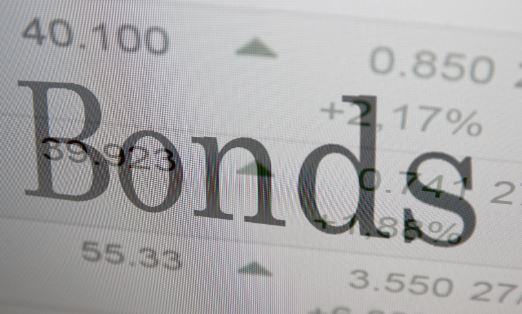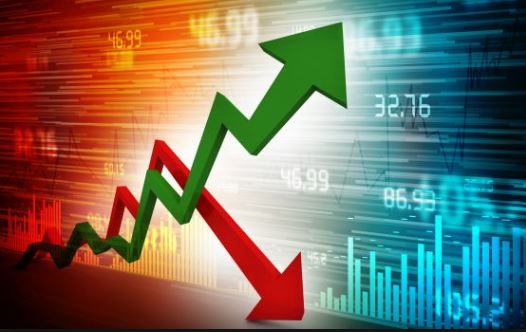The stock market. It sounds like a simple concept. It’s a market for stocks. You go to the stock market and buy stocks just like you go to the supermarket and buy food, right?
You can browse stocks like you browse through chips down the snack isle, but what you choose to buy and how you buy them is very different. Instead of choosing what you like best in a few seconds, it takes a lot more careful thinking and instead of jumping on line at the cash register, well, that’s just entirely different.
Here are the basics of the stock market.
1. What are stocks?
When a corporation wants to expand or needs to raise money for their company, they may decide to sell stock. A stock signifies ownership in the company. When an investor buys a share of stock they are called a shareholder and become a part owner of that company.
Yes, that means if you own a share of Disney, you are a part owner of the company. With one share, you don’t get much say in anything, but you can vote at the annual shareholder meetings.
When you invest in a company, you may get a stock certificate. The stock certificate is a written indications or proof that you own part of the company. Most brokerages will keep the stock certificates with them. This is a good thing so you don’t have to worry about losing or damaging them.
If you want to own a purchase shares of a company, you will need a brokerage firm to facilitate the transaction. They are good gift ideas. You can buy one share of many different companies that they offer and the certificate is dressed up and looks very fancy. You can buy them framed as well.
2. Stock Exchange
The three major stock exchanges are the New York Stock Exchange (NYSE), the American Stock Exchange (AMEX), and the National Association of Securities Dealers Automated Quotations System (NASDAQ). A stock exchange is a place where stocks and other securities are bought and sold.
3. Buy and Hold vs. Trading
There are two different common ways to buy and sell stock. Long term investors often use the buy and hold method. This is pretty self explanatory. You buy a certain amount of stocks and you keep them long term. Usually this means you don’t sell them for at least 1 to 5 years.
With trading, you buy a sell very often. Sometimes you may buy and sell the same stock in one day. The point is you are trying to get the short term gains. I wouldn’t recommend this method, especially if you are trying out. If you are a trader, you would need a certain brokerage that caters to it.
Some say that the gains made through trading over the long term aren’t any higher than the gains from a well diversified buy and hold portfolio.
4. Diversify
It is very important that when you have a portfolio it be well diversified. A diversified portfolio means that you don’t have all your eggs in one basket. You must have a wide variety of companies in order to minimize risk.
If you have $10,000 all in one company and the company loses 20% for the year, you have a total loss of 20%. If you hade $10,000 divided between 5 companies evenly, $2,000 each, and the same company goes down 20%, but the rest go up 10%, you will gain 20% in the end. Basically, if you have several different companies in different industries and one goes down, the ideal effect is that an increase in another will help balance it out and relieve some of the burden.
Of course, ideally you will want all of the companies to go up, but it’s impossible to predict, so you might as well reduce the risk.
5. Stock Symbol
The Stock symbol is a short symbol used on the stock exchange to symbolize each company. For example, the stock symbol for Johnson & Johnson is JNJ.
6. Fundamental Analysis
Fundamental analysis is used to analyze stocks. You wouldn’t go out and buy just any old car without knowing anything about it and you shouldn’t go out and buy any old stock without knowing anything about it.
With this type of analysis you would examine the company. A great way to start is by finding a company through certain criteria at an online stock researcher such as at MSN money’s stock screener. You type in what you want such as the industry, market cap, dividend yield, and P/E ratio.
Do you have no idea what I am talking about? A great book to read and find out more about researching stock you should read The five rules for successful stock investing. They will go into all the details about analyzing stocks.
Here is just a basic background about investing in stock market.



